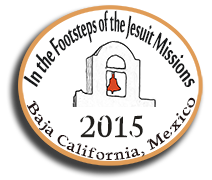Tequila and Guachimontones
December 1
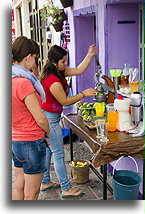
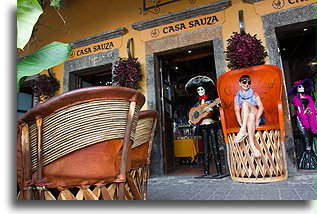
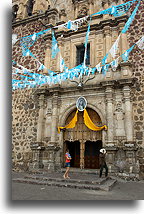
The following morning we took a quick tour around the town of Tequila. This place made a good impression on us, typical Mexican colonial town. We loved the narrow cobbled stone streets and old Spanish buildings. Tequila does not have to be distilled into Tequila, but most distilleries are located here. It is not hard to come across a few of them. The town is surrounded by blue agave fields, from which the famous Mexican liquor is produced. Our next stop was Guachimontones, Mesoamerican site nearby.
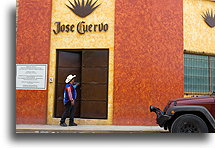
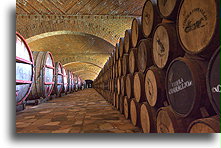
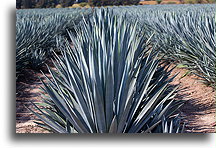
Ancient excavations called Los Guachimontones located are in the northern region of Mesoamerica and once belonged to a society called today the Teuchitlan. The pre-Hispanic community existed from 300 BC to probably AD 900. Guachimontones was the ritual center. This is a unique place among the archaeological ruins in the region because of well-preserved circular pyramids surrounded by a circular complex of other stone structures. It was a sacred arrangement; design was inspired by the wind flow, movement of the stars and the position of the cardinal points in the sky. Located in the center of such arrangement, the step pyramid had only a single pole on its top. It was intended for the priests to perform rituals to the wind deity, the Ehecatl. To simulate the bird shaman rocked in trance climbing high up on a pole. Around the year AD 900, under the influence of the neighboring cultures, circular pyramids began to be replaced by rectangular structures, so common in Mesoamerica.

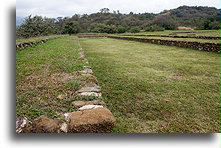
Similarly, to other Mesoamerica cultures, Teuchitlan people had their own version of ball game commonly called Ulama. It was more a ritual ceremony than an amusement. In large field, two teams held a game to resolve conflicts between communities. This was a preparation for war, or sometimes a way to avoid military conflicts as a substitute for war. Only hips could touch the heavy rubber ball in order to break it through to the opponent side. The strangest for us, may be the fact that often the winning team in the game, or at least their captain was killed. Death of winners was a sacrifice and it was an act of liberation of positive energy, which was returned to the gods. This way the gods could reciprocate helping people in creation of life by favorable weather conditions, good harvest, etc.
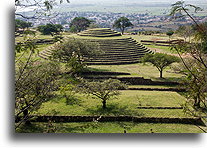
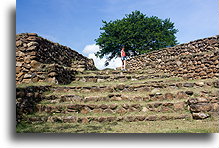
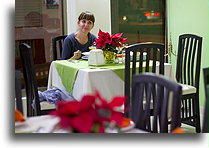
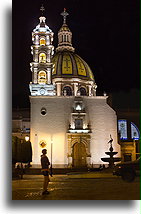
After dark, when it got late, we stopped in city of La Piedad (what means piety), another ugly town along our route across Mexico. It was not our intention to waste time in this boring place. It simply happened accidentally, that we decided to find a safe spot to spend a night there. It was a yard at San Jose Hotel, another 100 pesos (7 USD) per night. We could sleep in a tent on the roof, but we were not able to cook there. Hungry, we took a taxi to find something to eat. In the city center, we came across a lovely market full of fresh flowers, the impressive cathedral, but not a single restaurant. Disappointed we returned to the hotel. Along the way, we noticed quite decent restaurant in another hotel, just 100 meters from our accommodation. The mystery remains, why all the people we asked, including the taxi drivers did not mention anything about this place that was so close?

